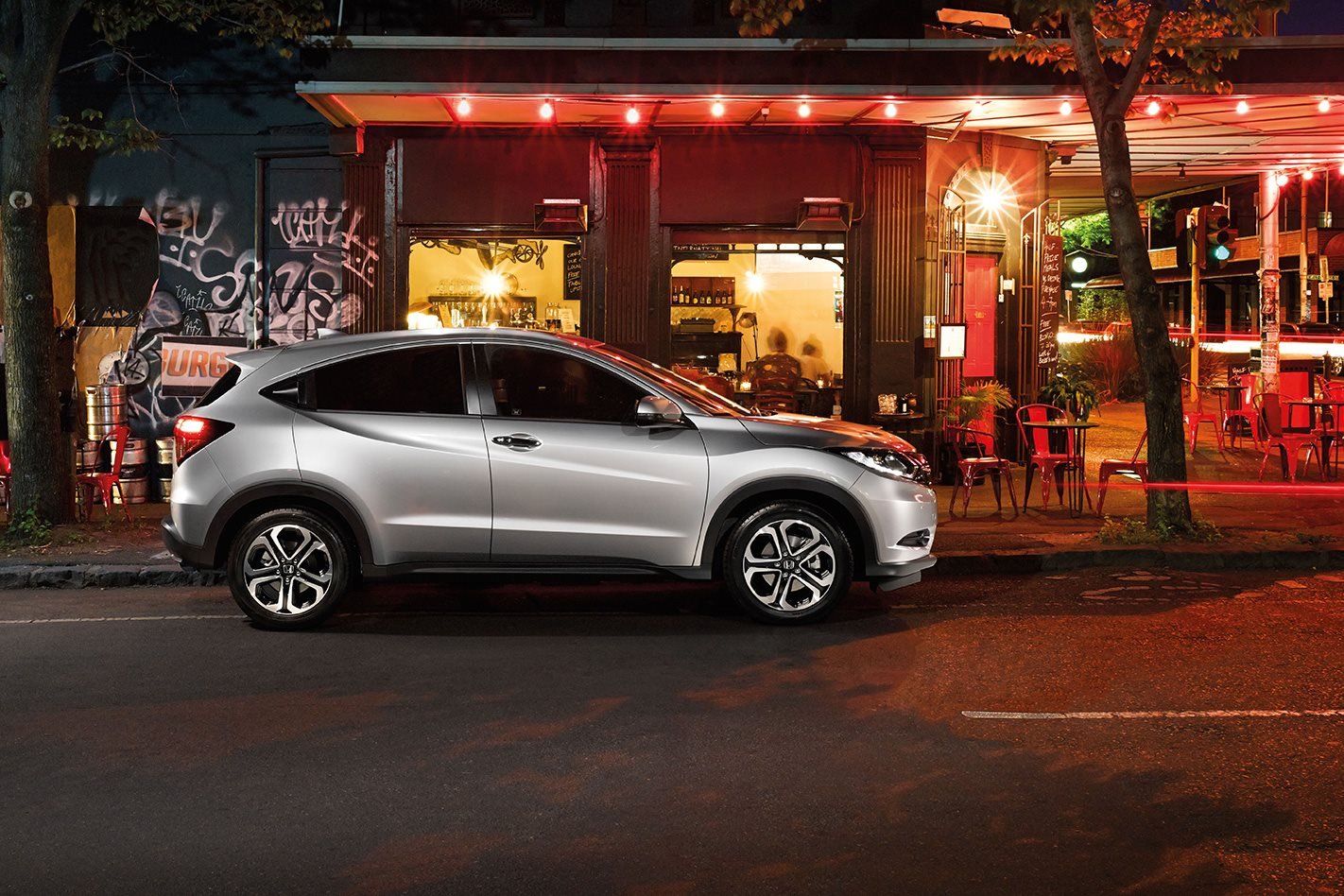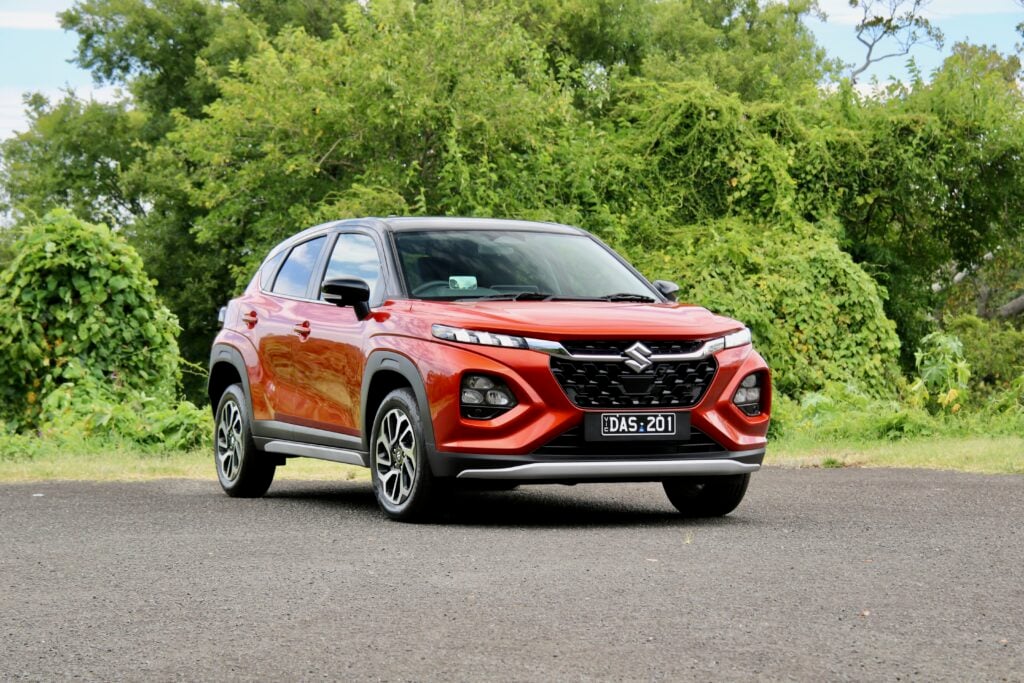A small running update in 2017 did a little to lift the HR-V’s stock, but how does the otherwise unchanged, yet popular, HR-V really stack up?
WHAT IS IT?
The Honda HR-V is the Japanese brand’s compact SUV that’s available in four different front-wheel-drive only model grades starting at $24,990 for the VTi, up to $34,340 for the VTi-L ADAS.
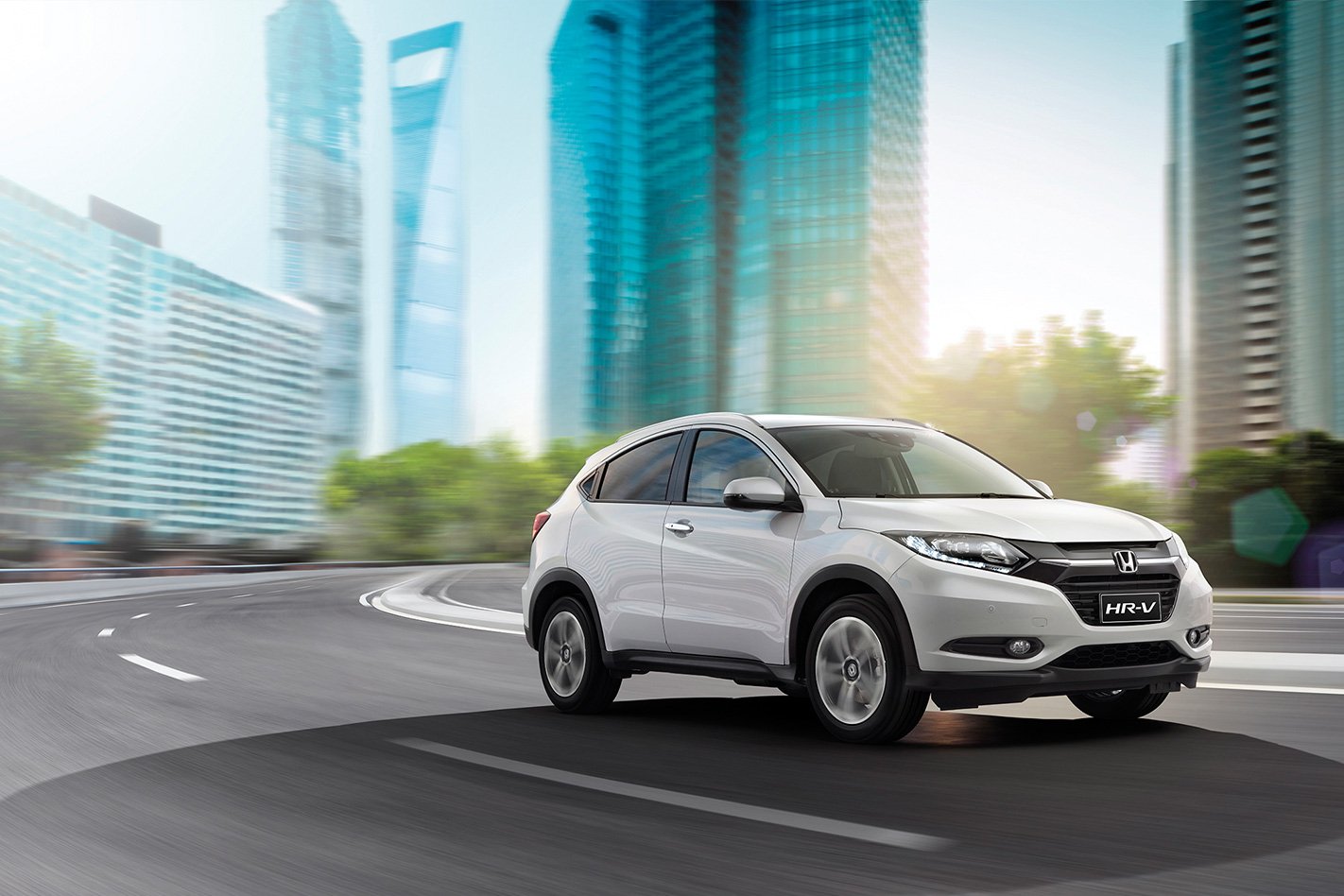
The Honda HR-V received a small running change in mid-2017, and though it’s essentially still the same car that quickly rose to become the Japanese brand’s biggest-selling model – until the Civic small sedan and CR-V came along – the segment it competes in is one of the most hotly contested on the Australian market, so plenty of people are looking at it.
MAIN RIVALS
Ford EcoSport; Holden Trax; Hyundai Kona; Jeep Compass; Mazda CX-3; Mitsubishi ASX; Mitsubishi Eclipse Cross; Nissan Qashqai; Subaru XV
THE WHEELS VERDICT
There’s elements of the Honda HR-V that still resonate with buyers today, and that’s reflected in part by its strong showing on the compact SUV sales charts. But the game is moving on, and the Honda risks not keeping up with it.
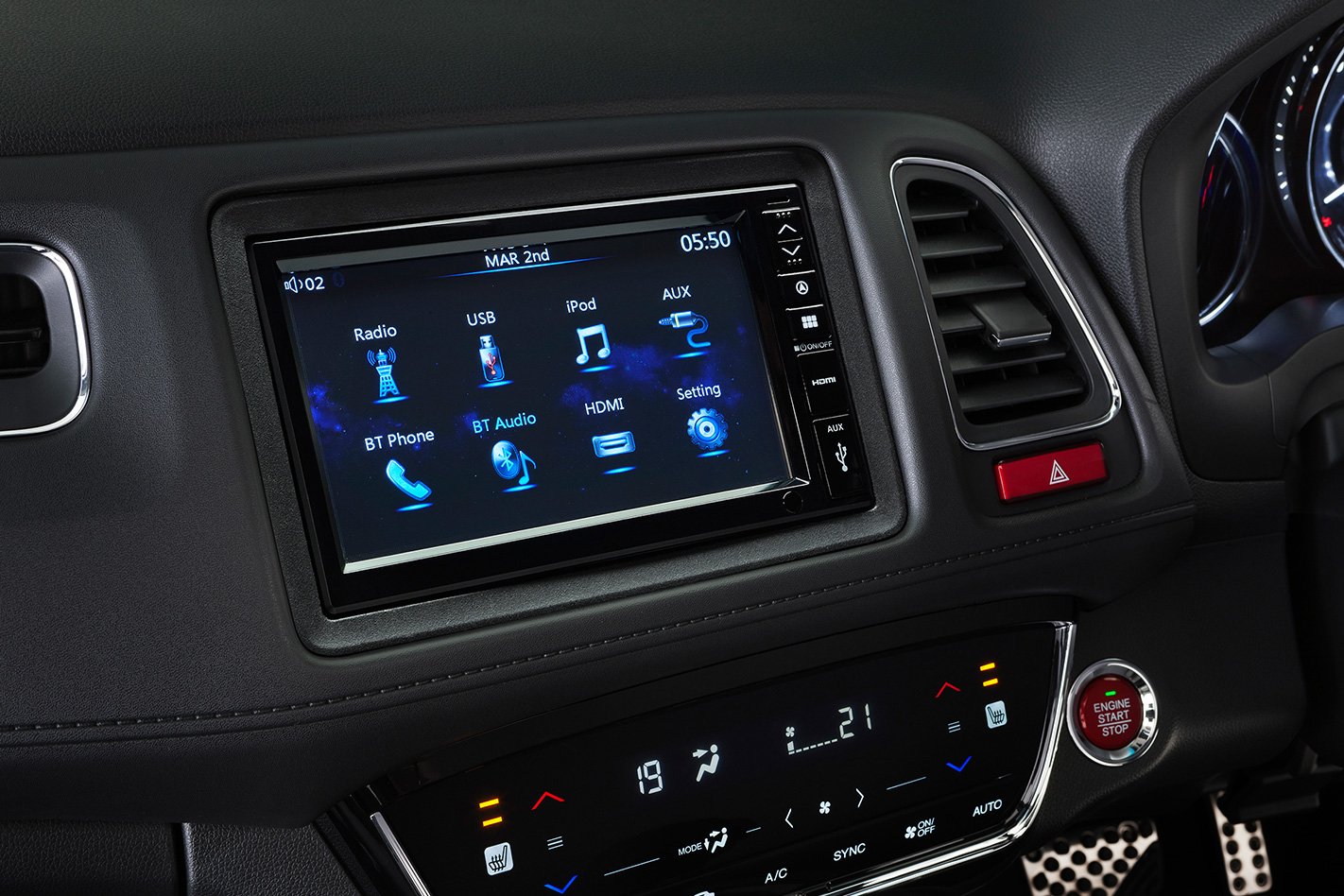
MINUS: Road noise; dated interior; CVT seems to only chase power or economy; city safety limited to top model only; pricey
THE WHEELS REVIEW
HONDA’S compact SUV was launched on the Australian market in early 2015 with a fair bit of applause. Fresh looking, decent to drive, and generously equipped, it was well worth the effort for potential buyers to head into Honda showrooms and kick tyres.
It’s that package that helped the compact Honda HR-V rise to the rank of third best-seller in its segment behind the Mazda CX-3 and the Mitsubishi ASX. Inside Honda’s showroom, the HR-V is also the third best-seller for the brand, behind the slightly larger CR-V and the recently introduced, sharper looking Civic small hatch and sedan range.
Standard satellite navigation, featuring a 7.0-inch colour touchscreen with kludgy, simple graphics, was the only change made to all model grades in mid-2017. Otherwise, the $33,340 VTi-L gains you steering wheel-mounted paddle shifters, chrome-look front door handles (the rears are recessed into the trailing edge of the doors), retracting wing mirrors, a huge, properly-screened sunroof, touch-controlled dual-zone climate control, one-touch powered windows that drop or close at a long press of the remote key fob, tinted rear windows, a self-dimming rear-view mirror, LED reading lights, eight-way electrically adjusting driver’s seat, heated front seats, comfy leather seat trim, alloy pedal covers, and front and rear parking sensors over the $5350 cheaper VTi-S.
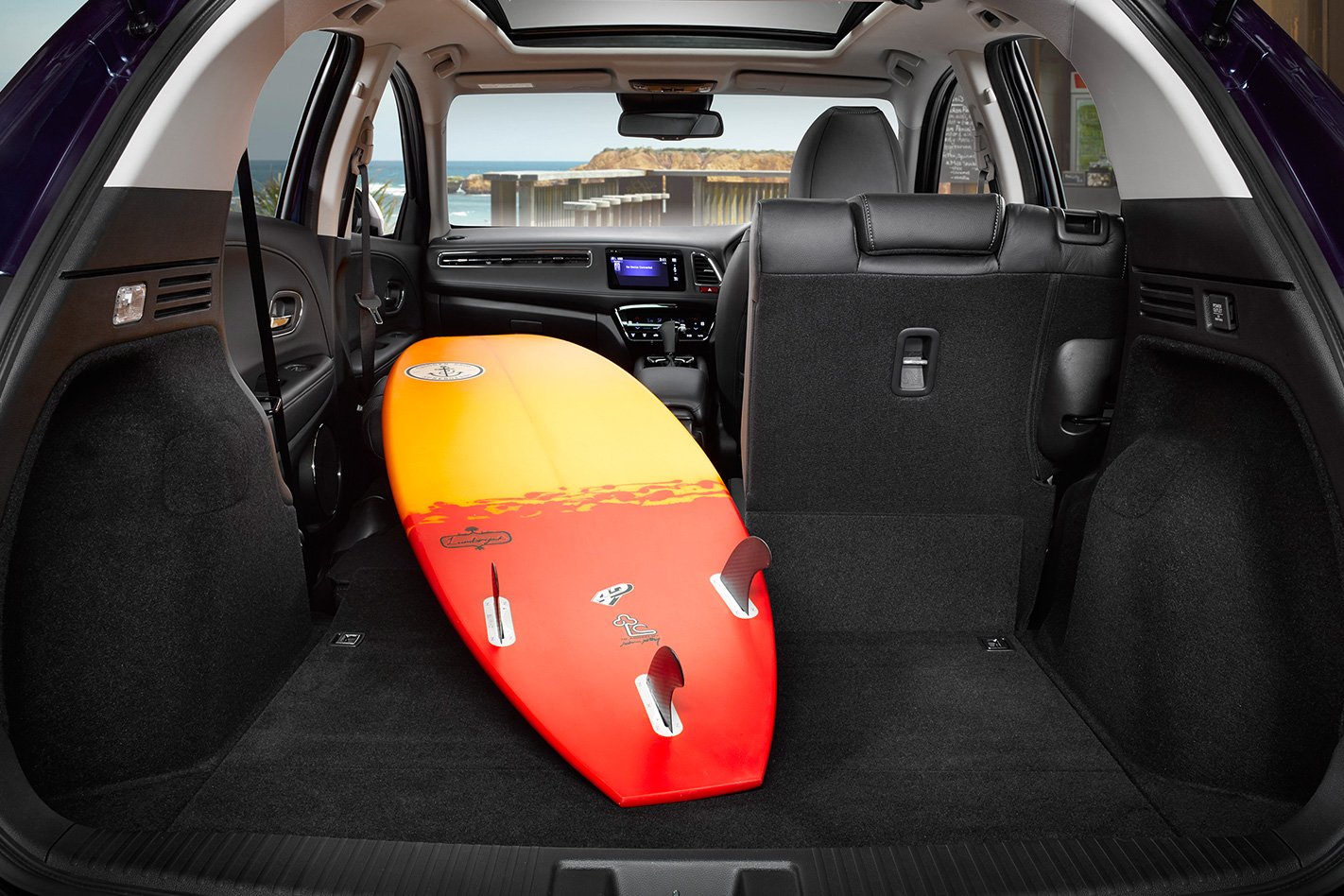
What the VTi-L still doesn’t get as standard, though, is the automatic city braking, lane departure warning and automatic high-beam assist system that’s essentially a $1000 option available only to the top-spec HR-V – you’re effectively locked out from adding it to any of the cheaper versions. It’s a stand-out omission when you consider low-speed automatic city braking is included in the entry-level Mazda CX-3 Maxx’s $20,490 price-tag – likely one of the reasons it is more popular with buyers.
The HR-V range retains its Honda Civic-sourced 1.8-litre four-cylinder engine mated with a CVT, and sending drive only to the front wheels. The auto works hard to tap the best performance or fuel economy out of the engine, and not a balance of the two, at times feeling like a two-speeder as it hunts in the high revs for torque – there’s a noticeable low-down hole in how well the HR-V builds speed – or low revs for eking out the extra mileage. On test, we saw an average fuel use of 7.2L/100km with mainly highway driving versus an official 6.9L/100km – the HR-V’s 50-litre fuel tank is quite small, so in hard city driving you’ll be ducking into the servo a fair bit.
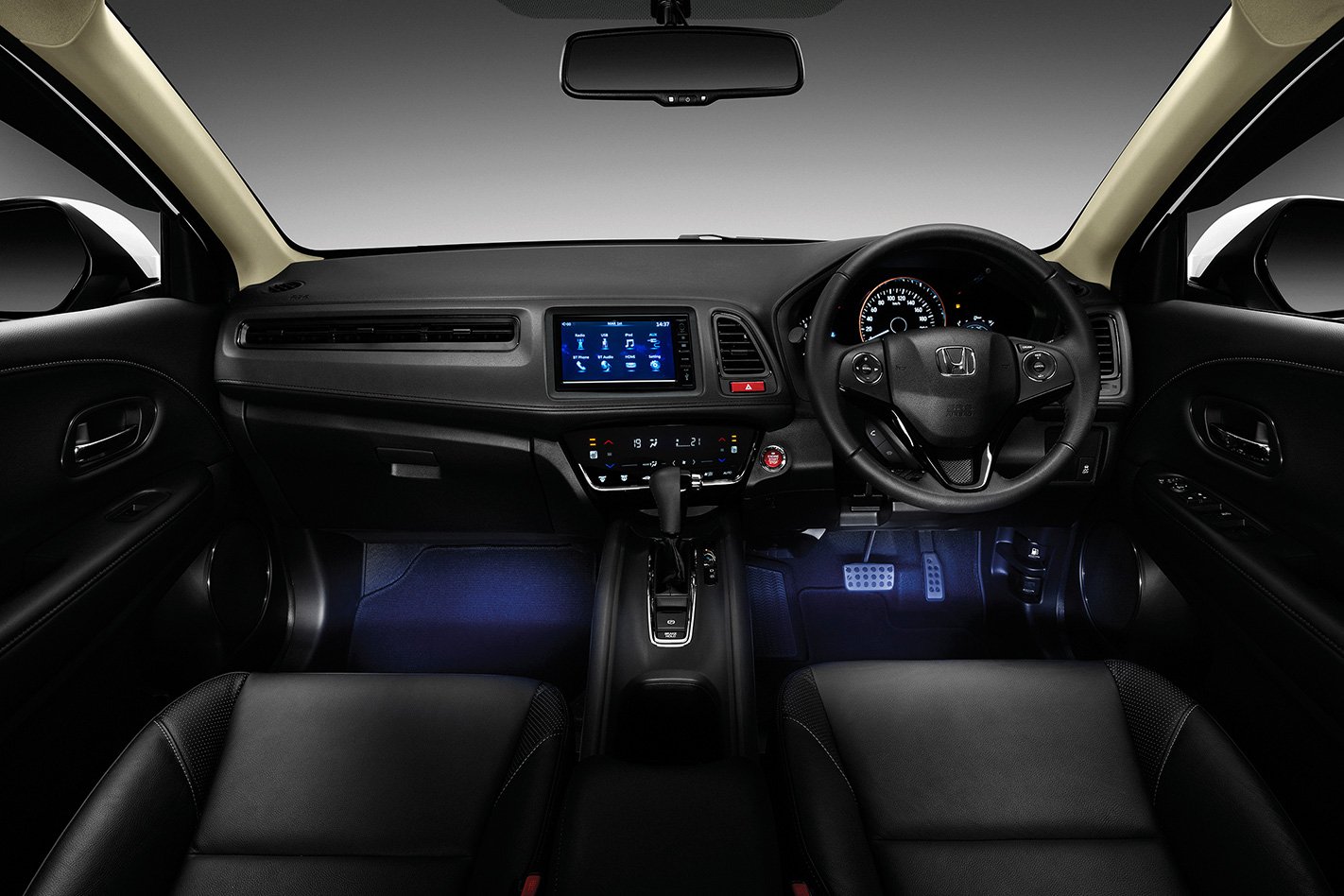
The Honda’s biggest test for buyers, though, is how it stacks up against its competition. In VTi-L spec, it’s priced against the Mazda CX-3 sTouring, which gains all-wheel drive, better LED headlights, larger 18-inch wheels (although this will potentially make the ride rougher and noisier than the Honda’s), better fuel economy from a bigger 2.0-litre engine with an idle-stop function, and that city-smart safety pack … although you’ll sit on cloth seats and grip a vinyl, not leather, steering wheel.
Ultimately, though, the Honda HR-V we’re driving today is little different to the one that launched here in 2015, which is a bit disappointing given how far the game has moved on, particularly in terms of rolling out AEB to more models. With new entrants such as the style-driven Hyundai Kona, the suddenly attractive Jeep Compass and the value-driven Mitsubishi Eclipse Cross, refreshed models such as the (still borderline, but improved) Ford EcoSport, and value-driven stalwarts such as the Mitsubishi ASX (which also limits city braking to its higher-priced models) all vying for buyers’ interests, firmly standing your ground in the face of change isn’t going to help.
SPECS Model: Honda HR-V VTi-L Engine: 1799cc 4-cyl, sohc, 16v Max power: 105kW @ 6500rpm Max torque: 172Nm @4300rpm Transmission: CVT, FWD Weight: 1382kg 0-100km/h: 10.2sec (estimated) Fuel economy: 6.9L/100km Price: $33,340 On sale: Now

